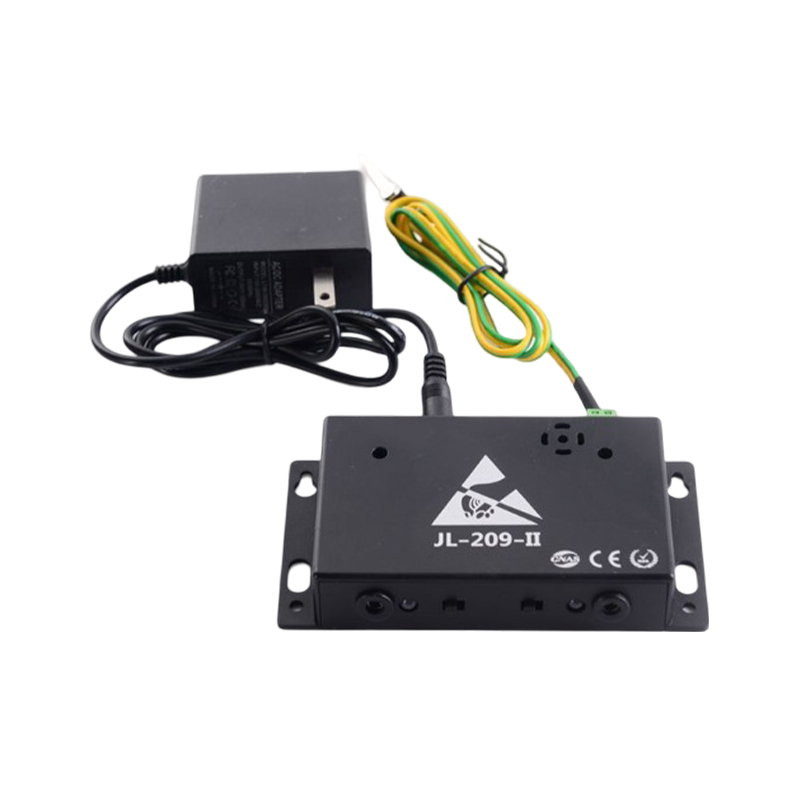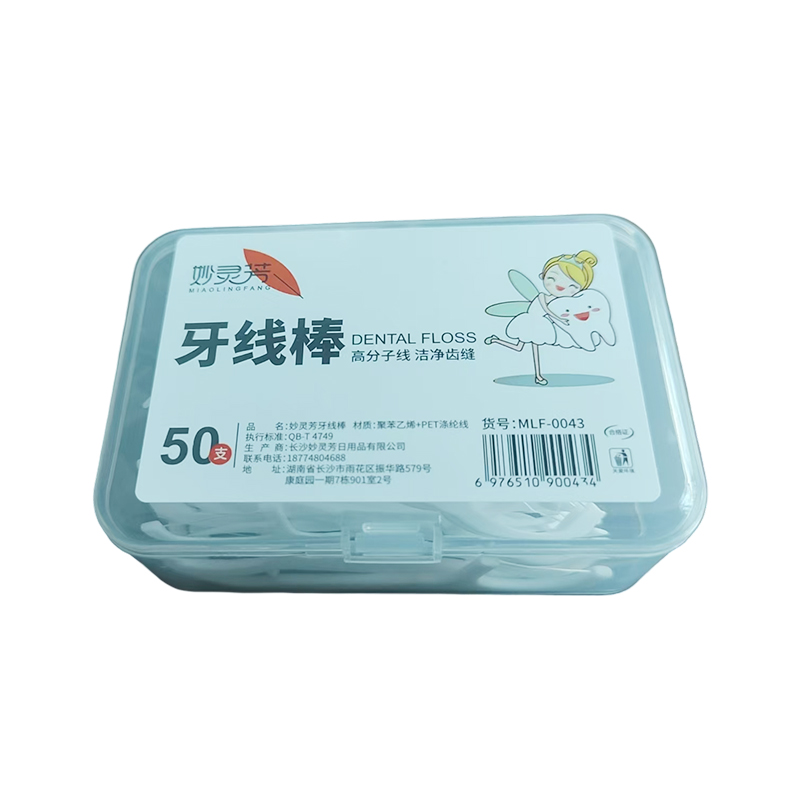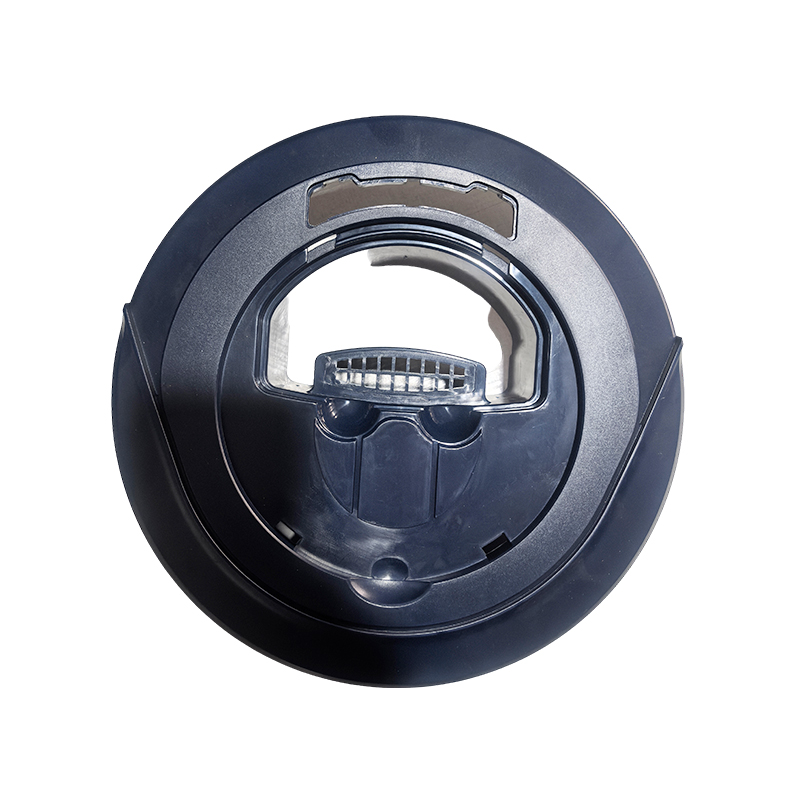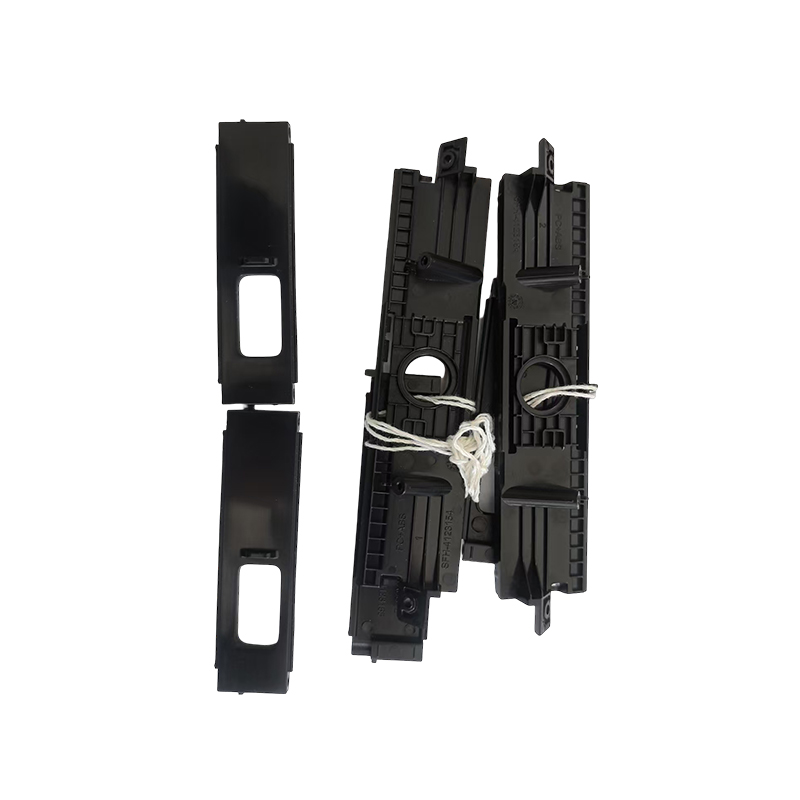How can the dual-line parallel design of the plastic dental floss stick improve the efficiency of removing debris deep in the teeth through the distribution of line tension?
Release Time : 2025-07-16
The double-line parallel design of the plastic dental floss stick improves the efficiency of removing deep-seated residues in the gaps between teeth by optimizing the distribution of the wire tension. This design does not simply add a wire, but allows the two wires to work together under a specific tension balance to form a more effective cleaning area.
The double-line parallel structure of the dental floss stick allows the wire to maintain a relatively stable tension state when entering the gap between teeth. There is a certain distance between the two wires. When squeezed by the teeth on both sides of the gap, each bears a part of the pressure, avoiding excessive deformation of the single wire or attachment to the surface of one tooth due to excessive force, thereby ensuring that the wire can always maintain contact with the tooth surface on both sides of the gap, providing a basis for removing residues.
In terms of tension distribution, the double-line design forms a complementary tension field. The wire tension on the side close to the handle is relatively large, which can provide sufficient support to ensure that the wire can penetrate deep into the gap between teeth; while the wire tension on the other side is slightly smaller and more flexible, and can fit the tooth surface as the shape of the gap changes. This difference in tension allows the double wire to penetrate deep into the gap when cleaning, and adapt to the complex gap structure, expanding the cleaning range.
When the double wire moves in the gap between teeth, the distribution of tension causes the wire to produce slight relative movement. This movement is not chaotic, but a regular friction action under the action of tension. When one wire moves forward, the other wire will produce reverse friction due to the difference in tension. This two-way friction effect can more effectively loosen food residues and dental plaque deep in the gap between teeth and improve the cleaning effect.
In addition, the tension distribution of the double-wire parallel design of the dental floss stick can reduce the risk of wire breakage. The residue in the deep tooth gap may be relatively hard. When removing, a single wire is prone to breakage due to excessive local tension. The double wire shares the tension. Even if it encounters harder residue, it can buffer the impact force through the redistribution of tension, ensuring that the wire body continues to clean deeply, and will not affect the removal of deep residue due to breakage in the middle.
During the cleaning process, a tiny "capture space" is formed in the area between the double wires. When the wire body moves, the tension keeps the two wires at a certain opening angle. This space can accommodate the loosened residue and prevent the residue from falling back into the deep tooth gap during the removal process. At the same time, when the tension drives the wire body to pass through the tooth surface, it will generate an outward pulling force, bringing the residue from the inside of the tooth gap to the outside, improving the thoroughness of the removal.
The double-wire parallel design of the plastic dental floss stick achieves multiple functions such as stable penetration of the wire body, expanding the contact range, generating two-way friction, reducing breakage, and effectively capturing residues through reasonable tension distribution, thereby significantly improving the removal efficiency of deep tooth gap residues and making oral cleaning more thorough.







